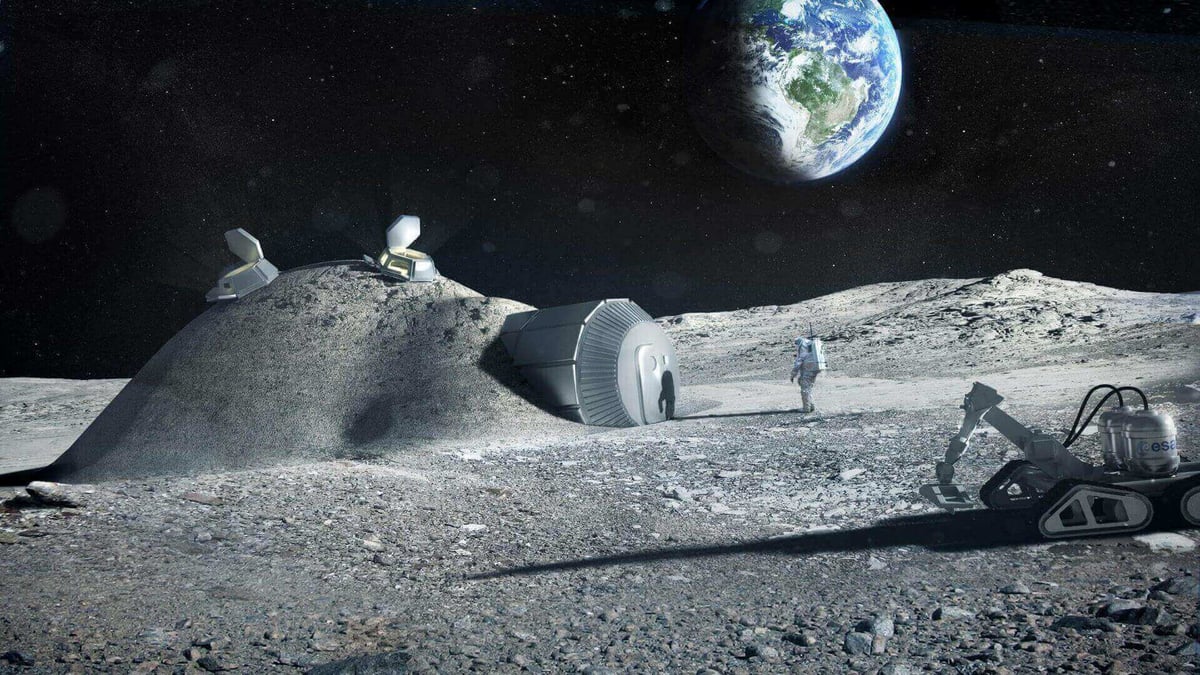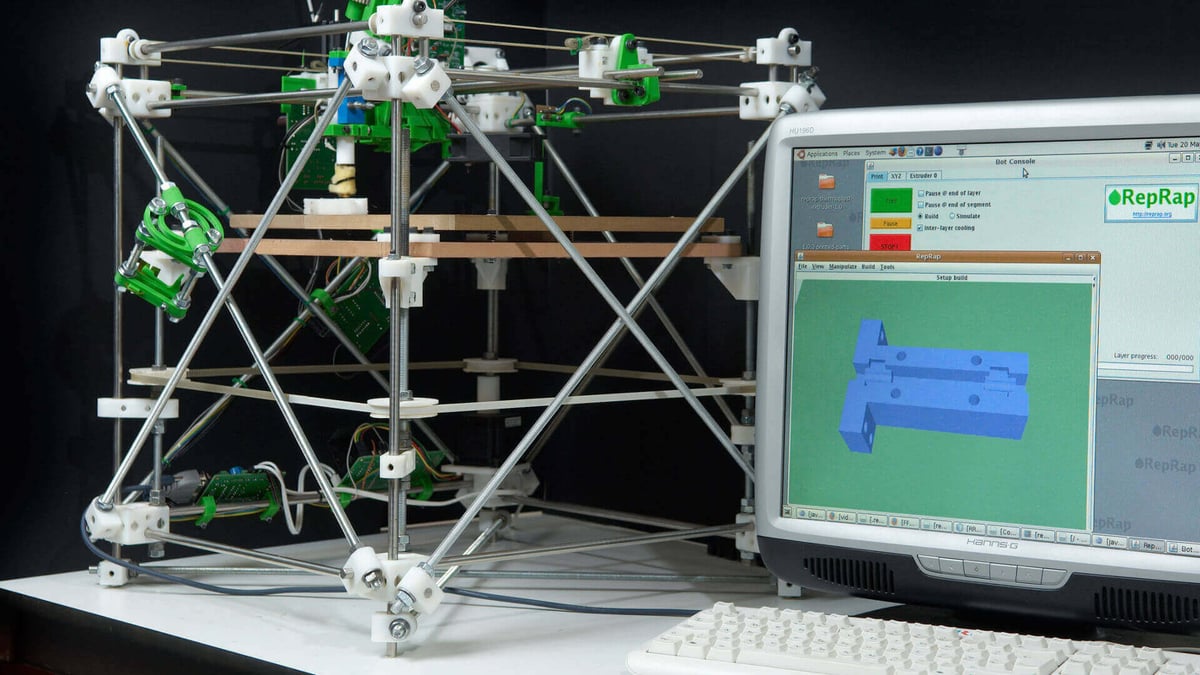Researchers from Carleton University are on the cusp of 3D printing an electric motor from materials similar to those found on the moon.
Don’t Miss: ESA Shares Results of 3D Printing with Simulated Mars Soil
When it comes to space exploration, 3D printers are a futuristic technology already being integrated into future missions. But what about printers which can replicate themselves on other planets, using materials they found there? This is an idea being proposed by researchers at the Carleton University in Ottawa.
Alex Ellery is leading the project. He is an associate professor in the Department of Mechanical and Aerospace Engineering at Carleton University in Ottawa. “I believe that self-replicating machines will be transformative for space exploration,” he says, “because it effectively bypasses launch costs.”
By sending just one self-replicating 3D printer to the final frontier, it’s conceivable that a whole factory could be grown. In other words, humans would be provided with most of the tools they need to survive on other planets before they even arrive.
Not only would such 3D printers be self-sustaining, they could also help fight global warming. The way they’d do this is by manufacturing satellites and solar shields in-space.

The 3D Printer that Prints Itself from Lunar Material
Don’t Miss: The Official History of the RepRap Project
The project is not without its challenges, however. Currently, there is no 3D printer which is able to create the motors and electronics required for building a printer from scratch. But there are already printers which are able to 3D print their own parts.
Ellery continues:
“Our starting point is the RepRap 3D printer, which can print many of its own plastic parts. In order to fully self-replicate itself, it needs to print its metal bars, its electric motors, its electronics and software, and self-assemble.”
For this next stage, Ellery and his colleagues say they are close to 3D printing a fully functioning electric motor from material similar to what can be sourced on the moon.
The printers would use a neural network rather than a typical 3D printer system, as this is smaller. Ellery is confident that his team will be able to produce a functionally 3D printed motor in a few months. Watch this “space” for further updates.
Source: Space

License: The text of "Researchers Developing Self-Replicating 3D Printers to Build Moon Bases" by All3DP is licensed under a Creative Commons Attribution 4.0 International License.